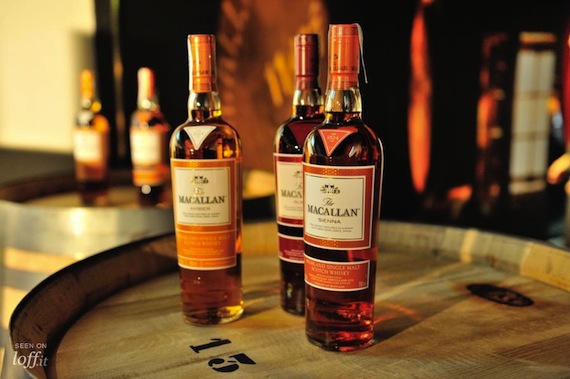We try to never judge people by their age. As they say, 50 is the new 40 and 40 is the new 30, right? Lately, whiskies have been keeping their age a secret and focusing on what’s in the bottle.
In the early 1990s whiskey exploded in popularity and brands started releasing older whiskies (with the age clearly shown on the outside of the bottle) with steep price tags. As a consequence of that trend, people have been left with the impression that the only way to determine better taste, class, and quality is by the age. Recently brands are pleading the fifth on their age all together. This makes it pretty tricky to find something worth your money.
What should you look for on the bottle?
Rather than focusing on the time it spent in the barrel, look for what’s actually in the bottle. Look for the color, proof, distillation location and if possible what whiskies were mixed to create the final product. Most non-age stated whiskies are blended meaning that whiskies of different ages are mixed together to create a finished product. It could be a five year old whiskey blended with a twelve year old, or an unaged whiskey mixed with a ten year old edition. You have to trust the brand, and get recommendations. Talisker Storm and The Macallan (1824 Series and Macallan M) are two reputable brands being shy about their age and it’s paying off. We hear all three whiskies are exceptional. This just proves that age doesn’t really matters as long as there’s a quality product in the bottle.
Why are they keeping their age a secret?
Even though we know what to look for, change is annoying, so there better be a good reason for it. We can’t explain it all, but one reason for the change is the current whiskey shortage crisis. Because of an increase in whiskey popularity the last few years, distilleries are facing a short supply of matured product in their casks and have to turn to alternate methods to make up for it. People want their ten year old whiskey and they want it now. But what if a brand doesn’t have a whiskey that’s been aging for exactly ten years? As a solution, many distilleries are releasing products that combine older aged whiskeys with newer ones. Instead of displaying this prominently, they simply choose to leave the age of the whiskey off of the bottle. We can appreciate a good mystery – as long as it still tastes good.
In reality every person’s taste is different and while one might prefer the added flavor of an older whiskey we agree that strictly buying based on age is a mistake. How do you feel about these whiskey brands leaving their age a mystery?


